Busts of Zappeion Garden
The marble busts of Zappeion Garden are about people of literature, arts and sciences.
Location
Timeline
Modern and Contemporary era (1821 - )
1929 On January 17, the bust of Paraschos by the Athenian Giorgos Dimitriadis (1880-1941) is revealed.
1930 The bust of Polemis is erected (perform by Loukas Doukas (1890-1926) in marble sculpture, Ioannis Koulouris).
1933 The bust of Paparigopoulos, by Emmanuel Tombros (1889-1974) is erected.
1934 The bust of Souris, by the Athenian Giorgos Dimitriadis, is erected. The cost was paid by the literary association "Parnassus".

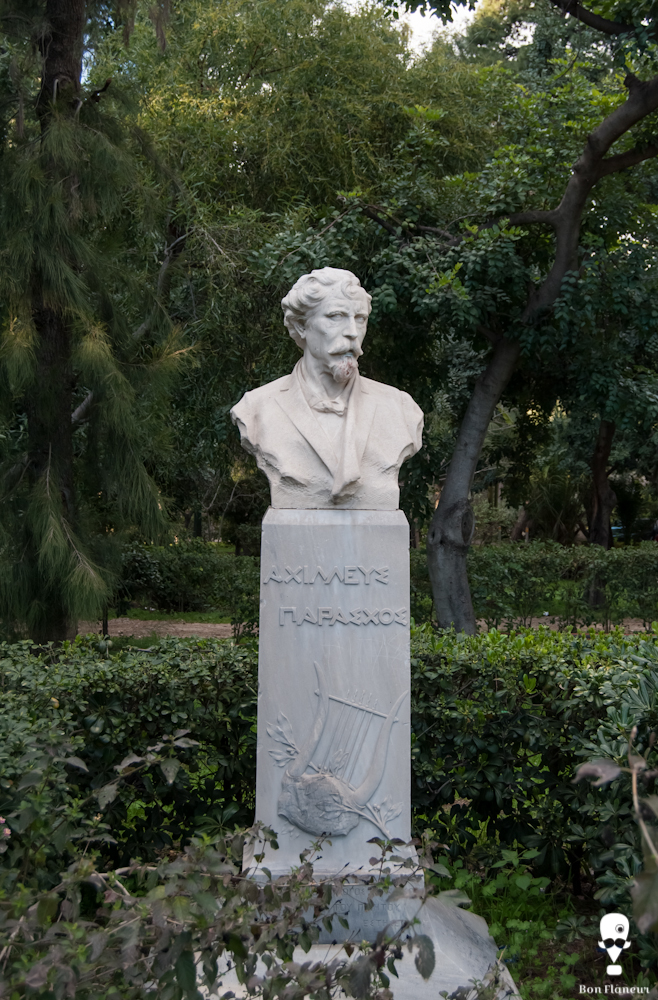
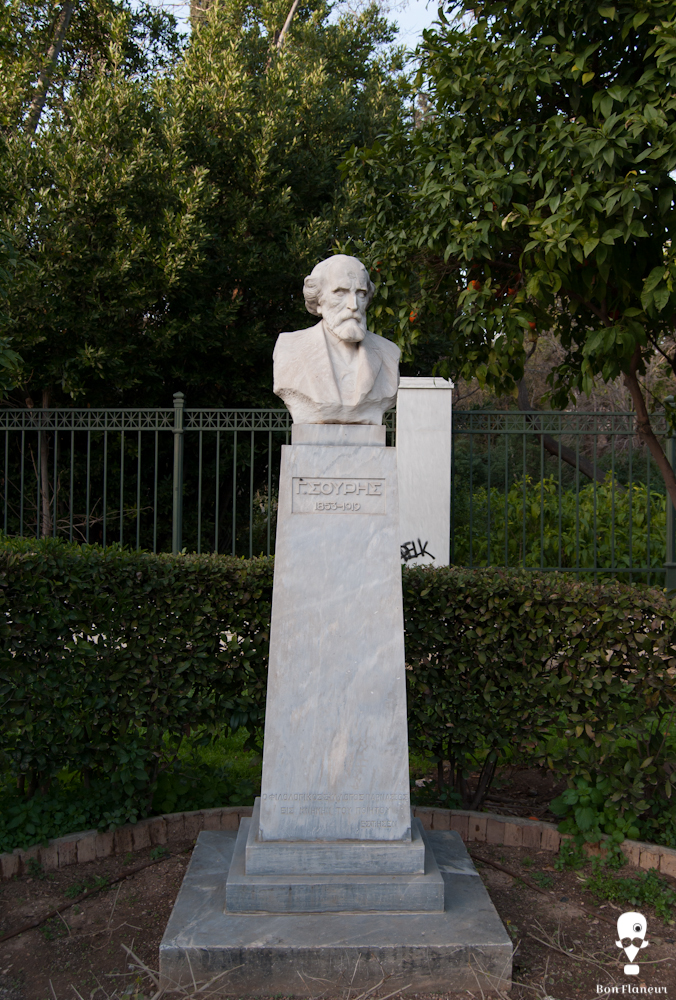
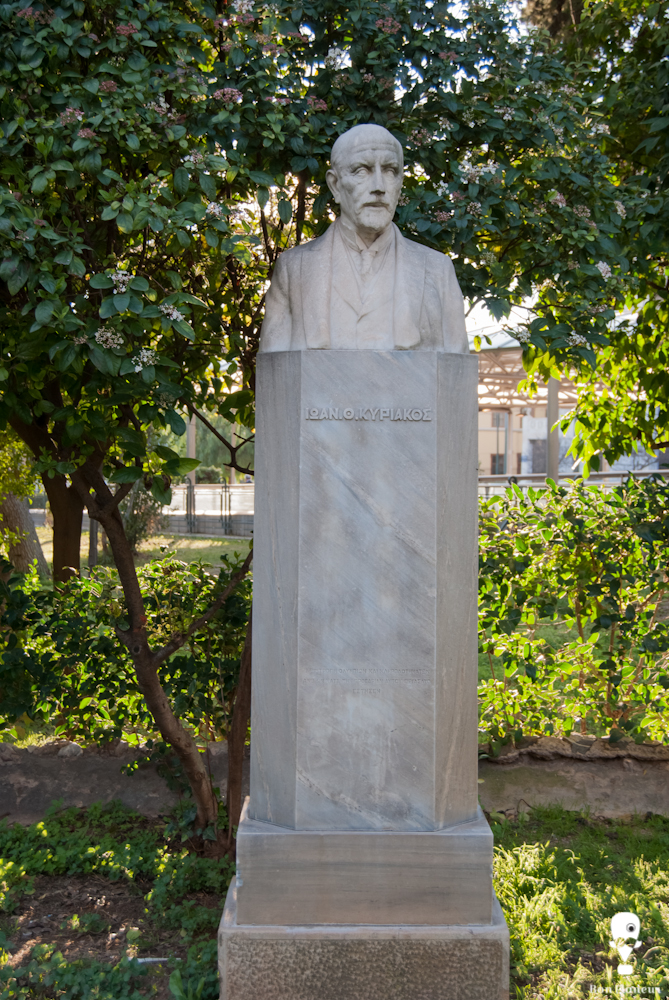
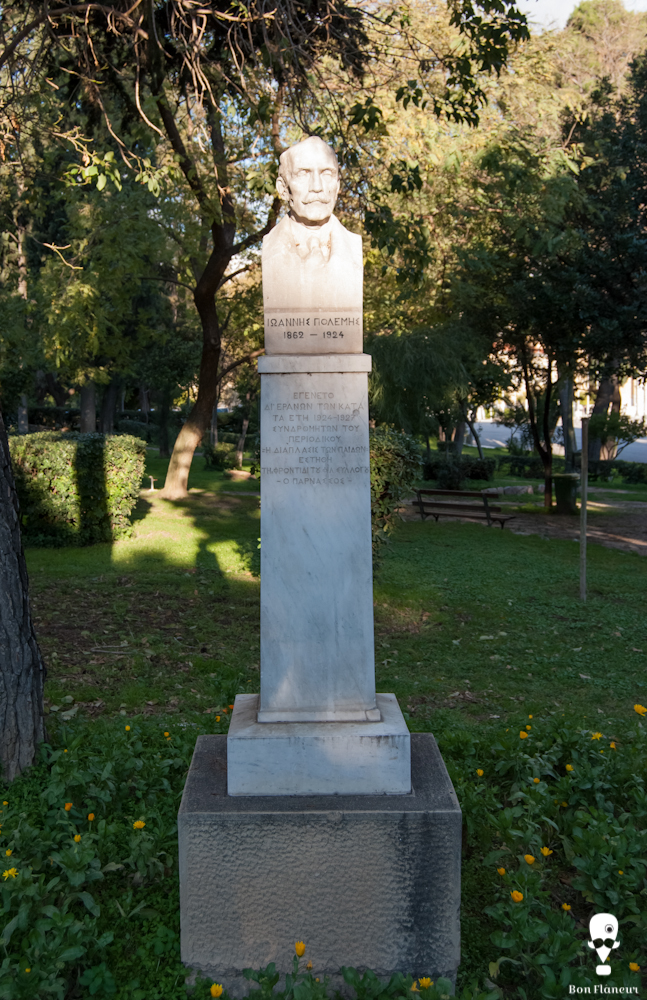
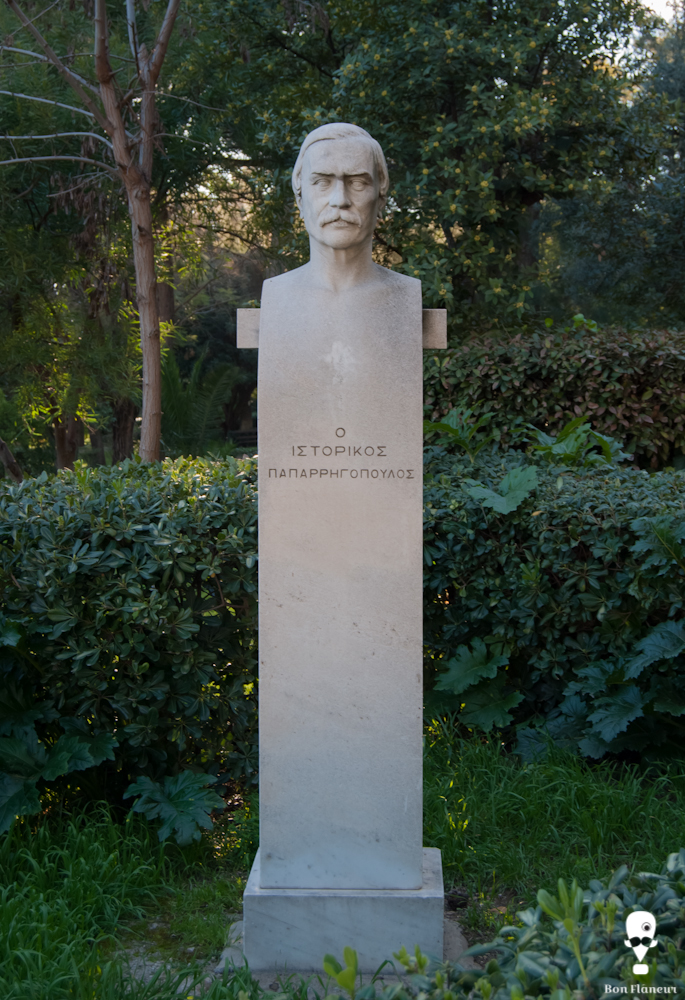
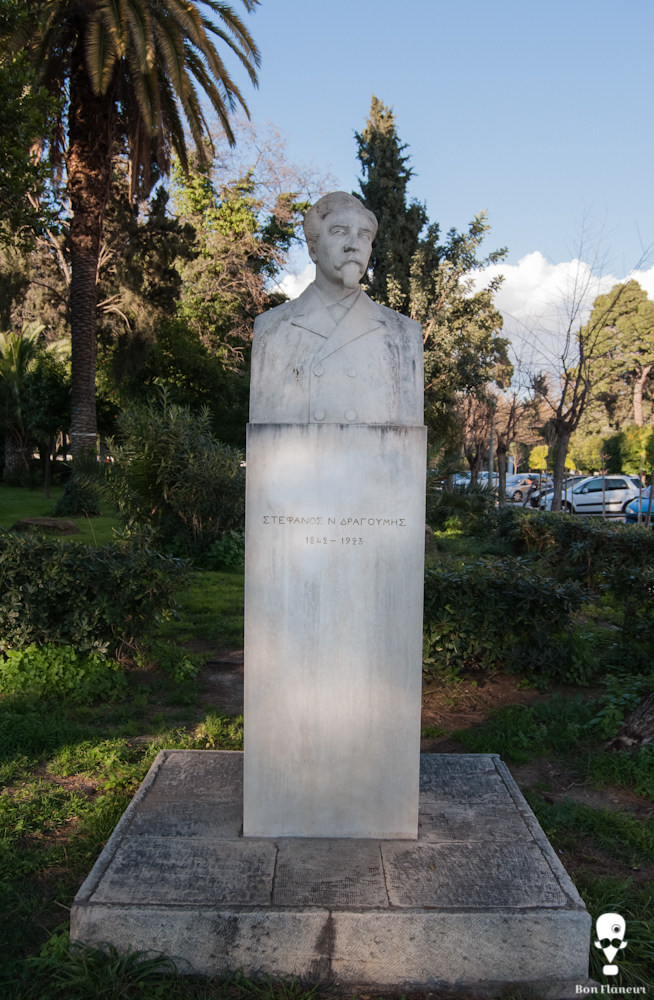

Share